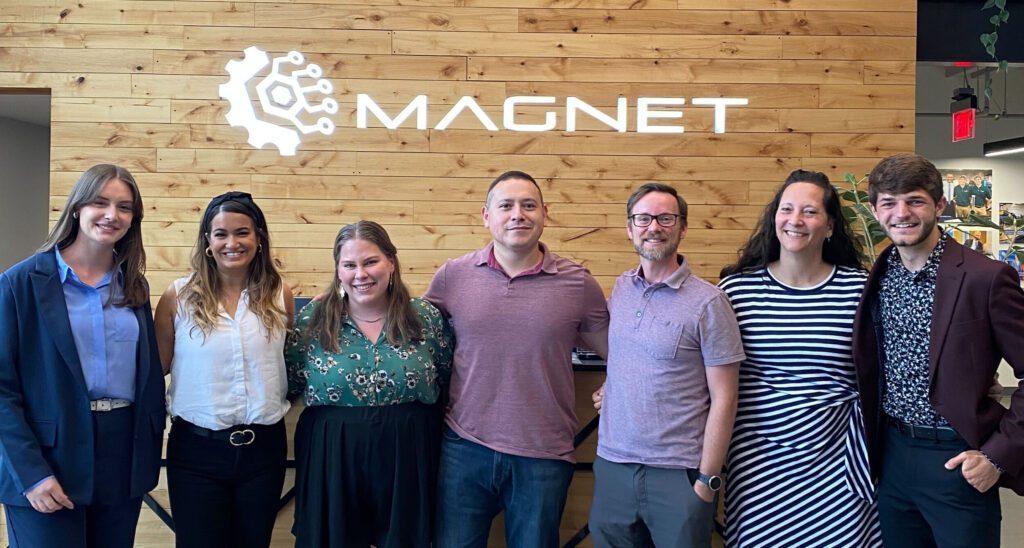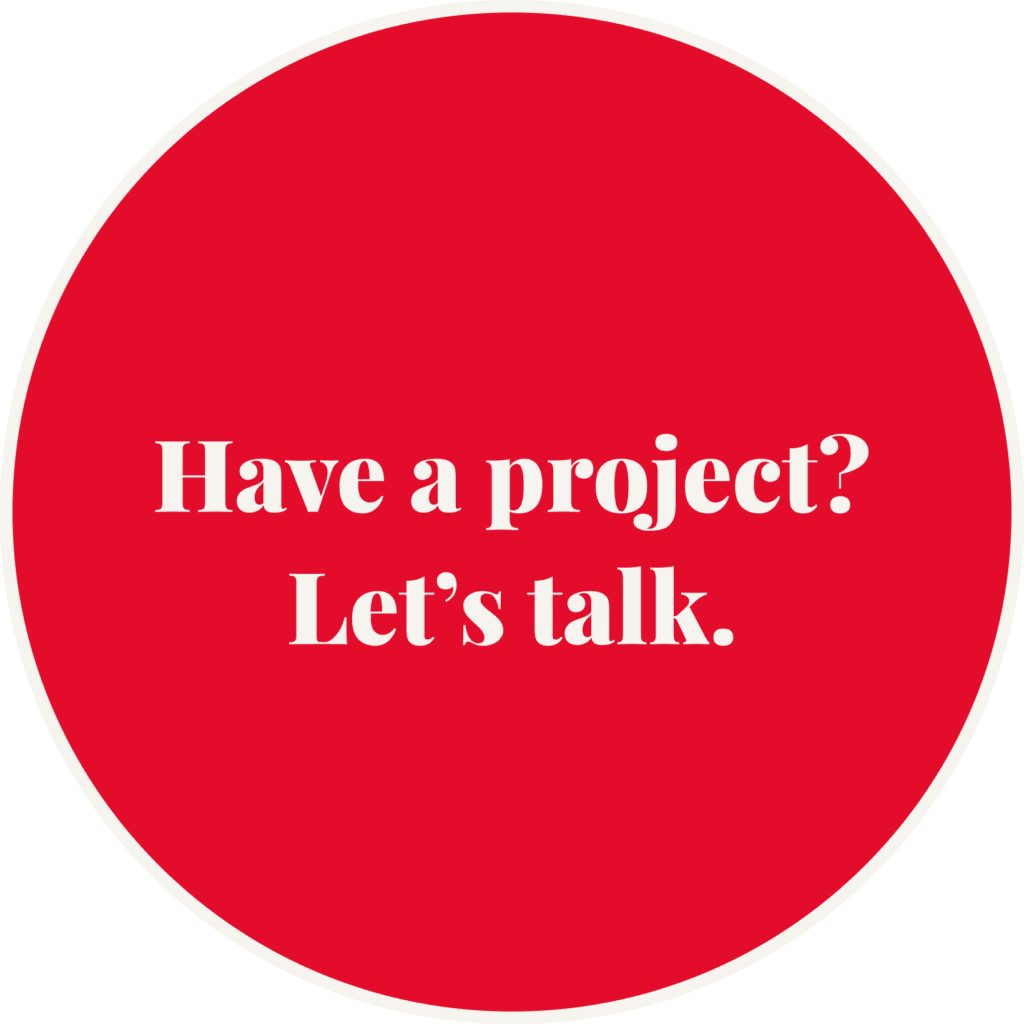There are so many things that go on behind the scenes of a website redesign, and content strategy plays an important role in layout out the groundwork. We sat down with our content strategist, Rachel McManus, to get an idea of the role content strategy takes during a site redesign project.
What role does content strategy play in a website redesign?
We typically take a huge role in our strategy and architecture sprint. For site redesigns, we’ll always start with a stakeholder interview to get an idea of goals, priorities, and pain points. This is so important, as it really guides the direction of our recommendations. After the interview, content will do a content audit of the current site and look at analytics, if available. From there, we’ll make recommendations to restructure the navigation and the content found on different pages. The spreadsheets are pretty detailed, and this is where collaboration is key. Our design team is great at turning our notes into these gorgeous mockups, so the client can visually see exactly what we’re recommending. Included in most content audits, we’ll also do a basic review SEO and readability using the Yoast SEO tool.
What do you look at to make assessments about content?
The stakeholder interviews, analytics, and data from Yoast SEO are some primary tools that help as we’re assessing content. We’ll see how the pages are doing, where traffic is coming from, how readability and SEO are, what kinds of keywords may be used, what calls to action (CTAs) are helping with page engagement, how social media fits in, etc. to get a big picture of their content. We’ll also ask about competitors, and see what they may be doing compared to what the client is doing. We even ask about sites they really like, and why they like them, and see how the client’s site is structured in comparison. From there, we’ll do a gap analysis with recommendations on how to get to where they want to be.
What’s involved in a content audit?
A LOT. We’ll pull a site inventory to get an overall scope of how large the site is, and what the primary areas are where we should be focusing on auditing within the navigation. Once we’ve compiled the list of pages, we’ll examine each one individually. We note the URL, where in the navigation the page is located, current SEO and readability scores, keywords if applicable, SEO/readability notes for improvement, what types of media appear on each page, field labels, calls to action, and overall content quality. From there, we make recommendations for each individual page: do we want to keep it as is, keep it with edits, or delete it altogether, and why?
A site’s analytics helps a lot with this, because we’re able to see what the most visited pages are and where traffic is coming from, and it gives us an idea on how to best optimize those top pages and restructure the navigation. Once the site is done and the individual page recommendations are made, we’ll do a side by side comparison of the current site map and the site map we recommend. We’ll also highlight our recommended action items.
What does content do throughout the project, beyond the strategy and architecture phase?
That really depends on the client’s needs and goals, but we’re available for basically all things content. For instance, some of our clients really want to focus on SEO. So we’ll do things like an SEO audit or keyword research and make recommendations on how they can improve based on our findings.
Beyond that, we’re also available to help with the site’s content itself, if the client chooses. That can include writing new content, editing existing content, and helping to migrate content. We can also do trainings with our clients. We’ll teach them how to use tools like Elementor and Yoast, and how to optimize content or implement the keyword research we’ve done for them. We want to make sure they’re empowered to take content into their own hands, rather than completely relying on us.
Once a project is completed, then what? Is there opportunity for content to continue to be involved in support?
Absolutely, yes! We currently have several support clients who are actively engaged in content projects with us. For some, we’ve created content calendars for them. We’ll use these calendars to write blogs and social media posts for them on a regular basis. For others, we’ve done SEO audits and keyword research for them, and they want to implement that work. This means that we actively engage in optimizing the content on their site based on that research. And sometimes, as time goes on, our clients’ goals and priorities can change based on when they first engaged with us. So we’ll do things like a competitor analysis and help them strategize different approaches to how they may want to best use their content. For many clients, we’ve taken on an integral role in their ongoing marketing strategy.
What’s your favorite thing about content strategy?
There are a few things. I really enjoy the clients I work with. Some of the conversations we have and plans we get to be part of are awesome. Personally, I also love writing and editing. So I’m in my absolute element when I’m given the opportunity to do any sort of content creation. Words are fun! But mostly, I love seeing clients make traction on their goals based on work we’ve done for them. It’s awesome to see it play out in real-time.
Anything else you want to add about content strategy?
Don’t underestimate it. The message you put out there and the way you put it out there is just as impactful as a site’s design and functionality. How you present yourself to the world is so important, and content strategy can help with that.







